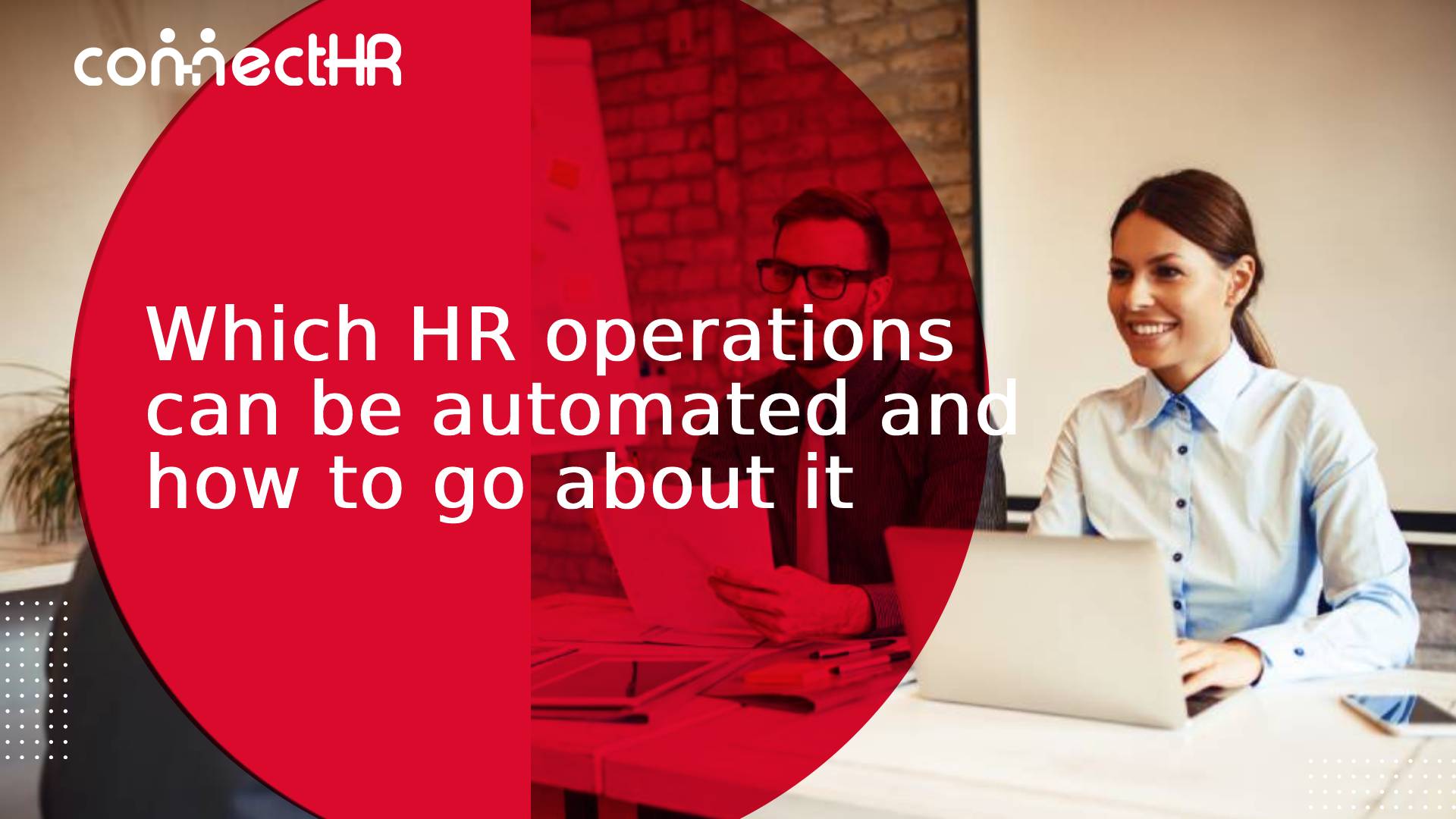Human resource management systems are taking over businesses and organizations in the world. These softwares and processes allow HR departments and staff to operate more effectively and enable them to adapt to the digital tide of hybrid or remote work. It’s unlikely that the world will shift back to more traditional practices anytime soon. So HR managers and practitioners should learn how to start automating workflows with these systems.
For anyone who’s asking if HR can be automated, the answer is a resounding yes. It’s already happening before our very eyes. HR and personnel management software had a total value of $5.8 billion in 2020. One of the biggest benefits of automated HR systems is that it frees up managers to focus on high-level tasks. It also lowers costs associated with manpower, time constraints, turnover, and human error.
So just what types of HR activities can you automate with HR software? In this article, we break down the most common automations now enabled by HR software.
HR and Personnel Management
The growing pain points of employee management in the remote environment have been a challenge for many organizations. Workers now prefer hybrid work up to 83% of the time. It’s likely that flexible work arrangements will be the new normal. Hence, these HR and personnel management should now shift into digital formats.
Some of the key processes that HR and personnel management automations take care of include:
- Information database
- Insights and key performance metrics tracking and reporting
- Employee portal for company policies
- Training and development program management
- Company calendar alerts
- Employee benefits portal
- And so on.
Payroll
The second most important among HR automation best practices is payroll management and automation. One study seems to indicate that close to half (49%) of employees start looking for a new job after two payroll errors. So what’s the solution to the growing employee fallout caused by erroneous payroll systems?
One of the best ways to take care of this issue is using payroll software— one that integrates with shift management systems to ensure that people get paid their just wages. Automating the payroll computation process removes or minimizes human error. Moreover, it can also connect with accounting software and automatically add payroll expenses, taxes, and deductions in the books with ease. This will allow organizations to operate with more clarity and speed.
Onboarding and offboarding
Employee onboarding is an often neglected part of human resource management. But it’s undoubtedly crucial to HR success. By onboarding a new hire effectively, we’re able to set them up for success. In the process, they get to integrate into company operations faster and start producing better results for the organization in a shorter time.
Another of the many automated HR experience examples is offboarding. From time to time, a working relationship with someone must end. Offboarding provides both the leaving employee and the company to learn from the relationship. That way, both parties can hopefully avoid making the same mistakes in future relationships. With offboarding automation software, HR managers can schedule the appointment, gather information via an automatically sent pulse survey, and provide certificates of good moral conduct and recommendation letters to exiting staff with less hassle.
Leave and shift management
In the case of companies that have fixed work schedules and shifts, leave management software is a big add-on to HR operations. Human resources who create work schedules will understand the time and effort it takes to create work shifts. Add to that emergency and planned leaves that mess up the whole schedule with one request.
That’s why leave and shift management software help. It takes into account leaves in an organization. Moreover, some leave management systems can actually automate shift rescheduling and restructuring with these leaves in place. Add to that feature an ability to track time and deliverables so that you’re able to see the outcome with every shift. These are just some automations that leave and shift management tools can take care of. They can also:
- Analytics and reporting
- Payroll adjustments
- Data collection (as in the case of sick leaves, where a company could automate a reminder to send a medical certificate a few days after one returns to shift)
- And many others.
Employee Engagement
Using HR management software to engage with your employees isn’t a bad idea either. Companies can deploy digital surveys, pulse questions, and meeting scheduling software to keep employees engaged in the workplace. Workplace engagement does more for companies than most leaders realize. It improves productivity, work happiness, and profitability significantly.
Here are some ways that you can engage people with HR automations:
- Use an automated pulse tool to ask employees to share what they’re thankful for.
- Remind people to share daily work reports on chat software.
- Pair employees up and get them to answer icebreaker questions to get acquainted.
- And so much more.
Final Thoughts
Human resource management is quickly shifting. And being aware of the tools and systems that can automate basic functions will help HR departments and managers stay relevant in this day and age. So start implementing these automations in your workflow as soon as possible. It will help save time and result in more happy and successful employees too in the process.





